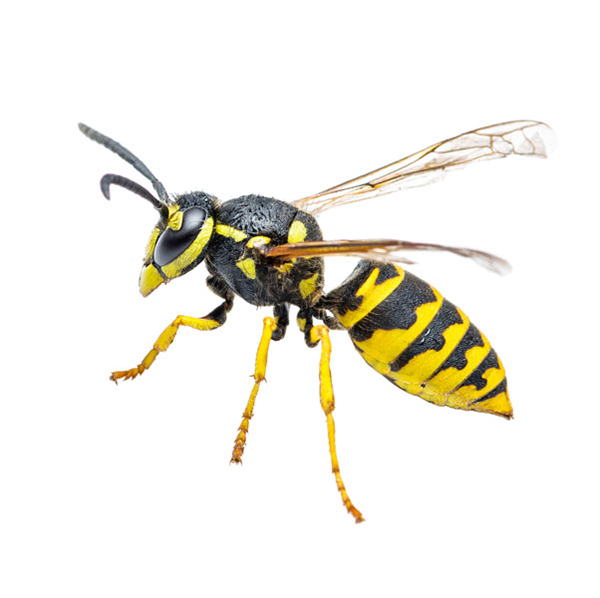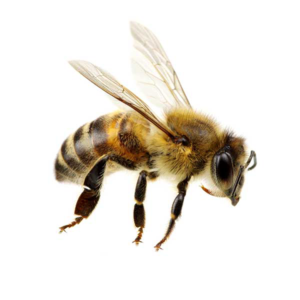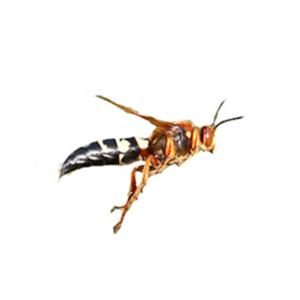
Yellowjackets in Atlanta, GA
Present across the United States, yellowjackets, alongside European hornets, are notorious as structure-invading wasps. These insects reside in colonies housing thousands, are beneficial for the environment, and wouldn’t pose as much of a threat to humans if not for their habit of nesting in voids within structures, attics, and landscaping features. Adult yellowjackets primarily consume fruit juices and sweet liquids, while their larvae are nourished with fragments of soft-bodied insects such as caterpillars and flies.
Yellowjacket Habitat
Yellowjackets come in two types: ground nesters, often utilizing abandoned rodent burrows, and aerial nesters. Their above-ground colonies are commonly nestled amid the foliage of trees and shrubs or on man-made structures. Sometimes, these nests can be found attached to buildings, within wall voids, under eaves, in crawlspaces, or in attics. Typically, the nest’s entry point is a hole situated at the bottom. While these aerial nesters don’t scavenge in the fall, they fiercely defend their nests when disturbed. Spotting their nest by observing their flight patterns is crucial for effective elimination.
Yellowjacket Behaviors, Threats, or Dangers
Yellowjackets are typically reluctant to sting unless their nest faces a threat. Even so, their stings pose a more severe risk to humans compared to bees because a yellowjacket’s stinger lacks barbs, allowing for repeated stinging. Certain individuals, sensitive due to allergic reactions, should seek medical aid when stung. Occasionally, yellowjackets residing in wall voids may chew through drywall, gaining entry into the living spaces of structures. Naturally, an abundance of wasps flying indoors can be distressing for homeowners. If you discover a yellowjacket nest, don’t hesitate to reach out to a licensed wasp removal expert for assistance.




